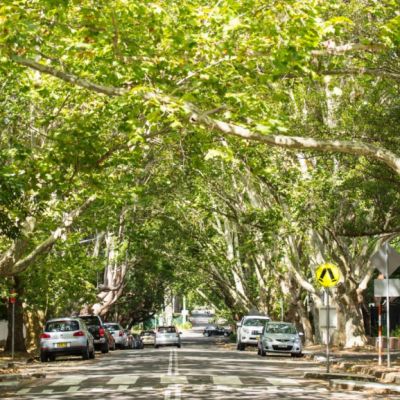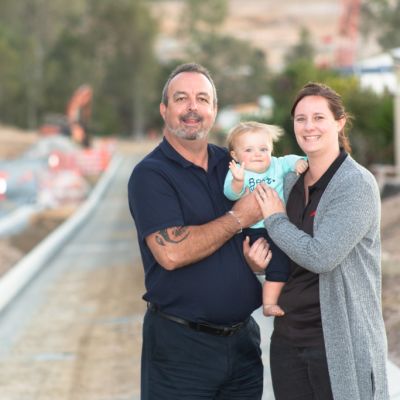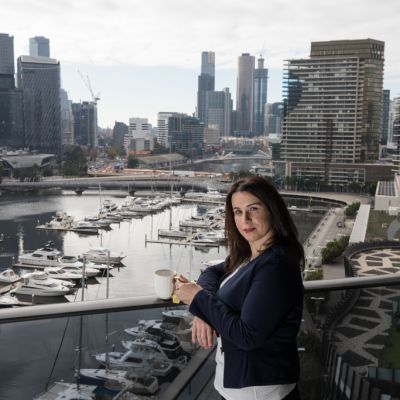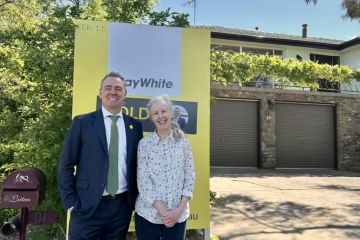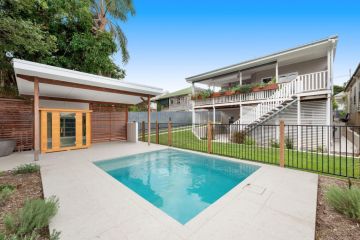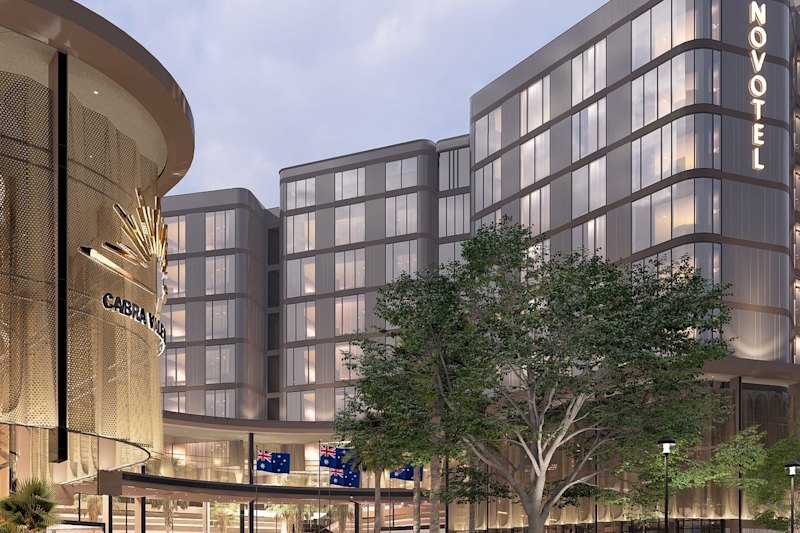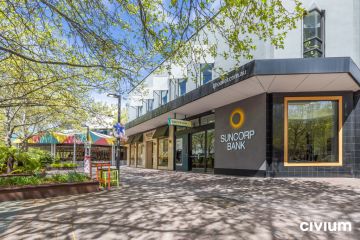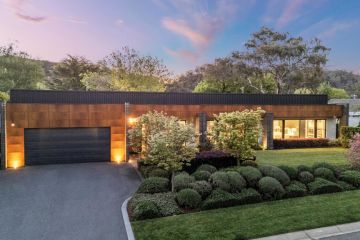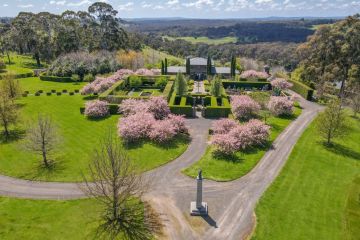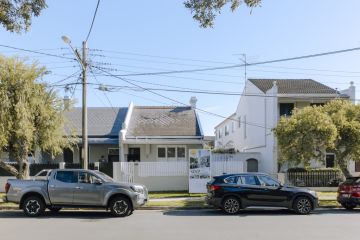Construction is key: The pockets in our capital cities that have the highest turnover
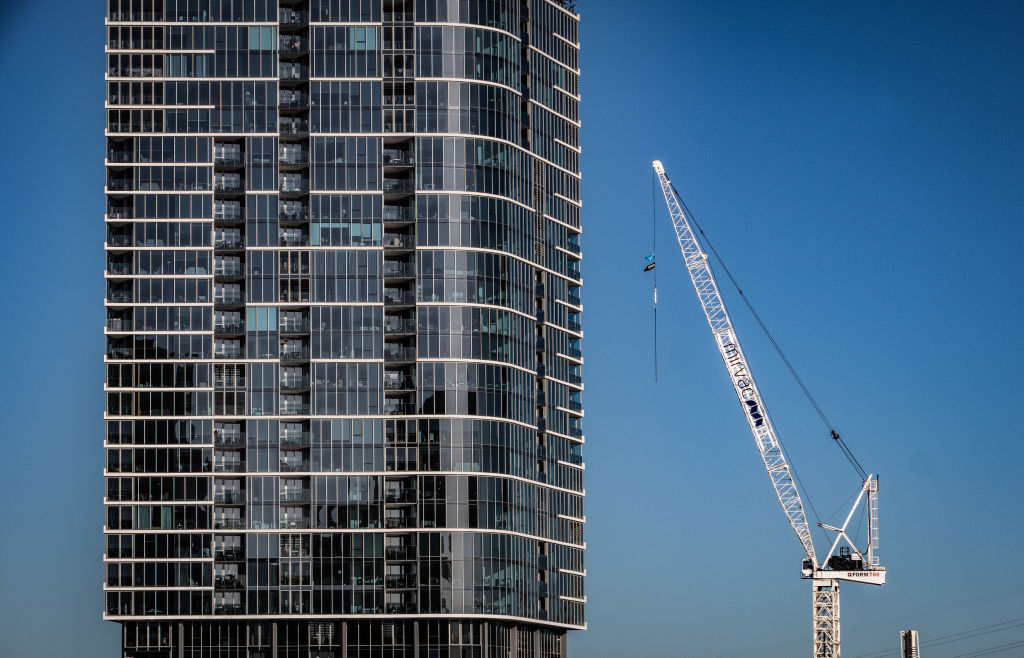
From Sydney’s northern beaches to Brisbane’s Scenic Rim, the country’s most tightly-held pockets have been in the spotlight recently but what about the areas where property sells frequently?
When it comes to suburbs with the highest turnover* in our capital cities, Domain data puts the focus on our construction hotspots and reveals their impact on the property market.
Sydney and Melbourne
In Sydney and Melbourne, this pattern is playing out on city fringes, particularly in affordable suburbs that host new housing developments.
This includes Schofields, Gledswood Hills and Riverstone in Sydney’s west and south-west, as well as Clyde, Clyde North, Officer and Manor Lakes in Melbourne’s south-east and west.
In most of these suburbs, property values sit below the house price median in their respective cities – $1,032,338 in Sydney and $818,237 in Melbourne.
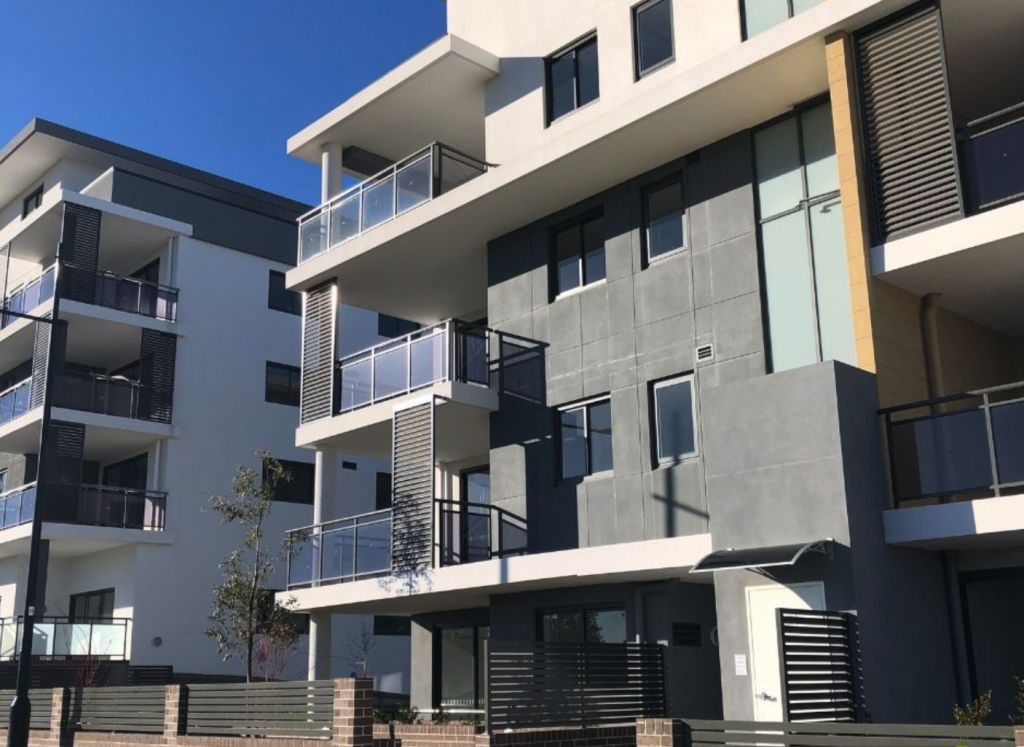
Domain economist Trent Wiltshire says it is not surprising that new house and land package sales have driven the results.
“When you look at [sales] as a share of the dwelling stock, these growing fringe suburbs have few houses, and that’s why they top the list in nearly every state,” he said.
“Those western suburbs of Melbourne are the fastest growing in Australia, and are really not that far from the city,” he added. “If you compare that to Sydney, you’d be hard-pressed to find a greenfield development area [so] close to the city.”
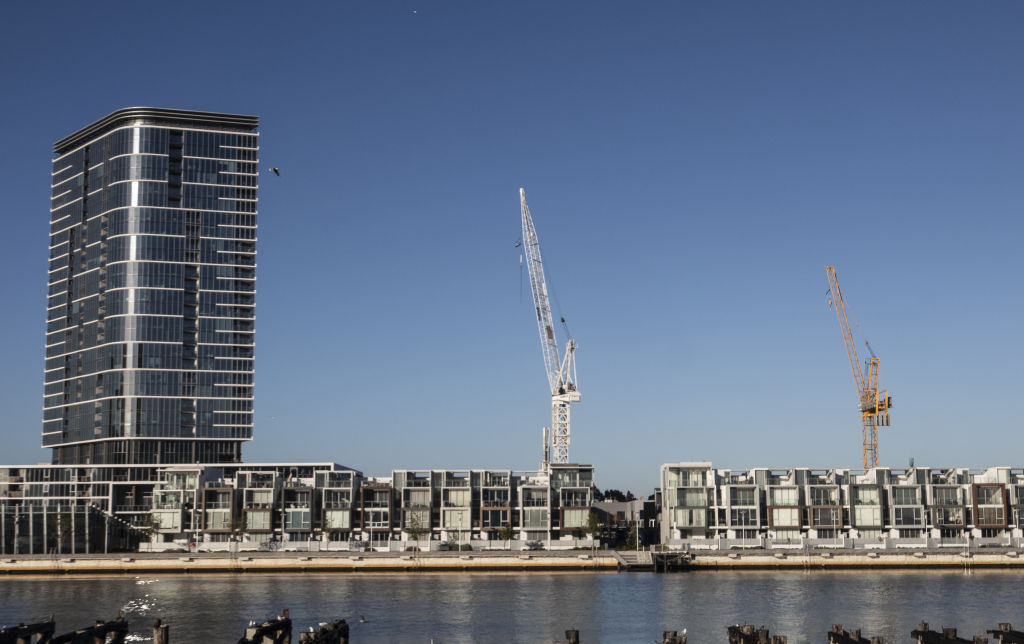
Bucking the outer-ring trend in Melbourne is Docklands, an apartment-heavy suburb adjacent to the CBD. It has a median unit price of $618,500, more than $100,000 above that of greater Melbourne.
Mr Wiltshire described Docklands as a unique suburb still undergoing the shift from industrial to residential.
“Docklands has been growing for a long time,” Mr Wiltshire explained. “In 2018-19, there were 421 apartments approved to be built [there], and the year before that in 2017-18 there were 719 apartments approved.”
Daniel Cole, Director of Barry Plant Docklands, added that Docklands had held on well amid a softening market in Melbourne, noting a high proportion of owner-occupiers in units, and a low vacancy rate that attracted investors.
“We haven’t seen downward pressure on price like [they] have in the suburbs – particularly in the east – because we haven’t had the same capital growth,” Mr Cole said.
Brisbane, Canberra and Adelaide
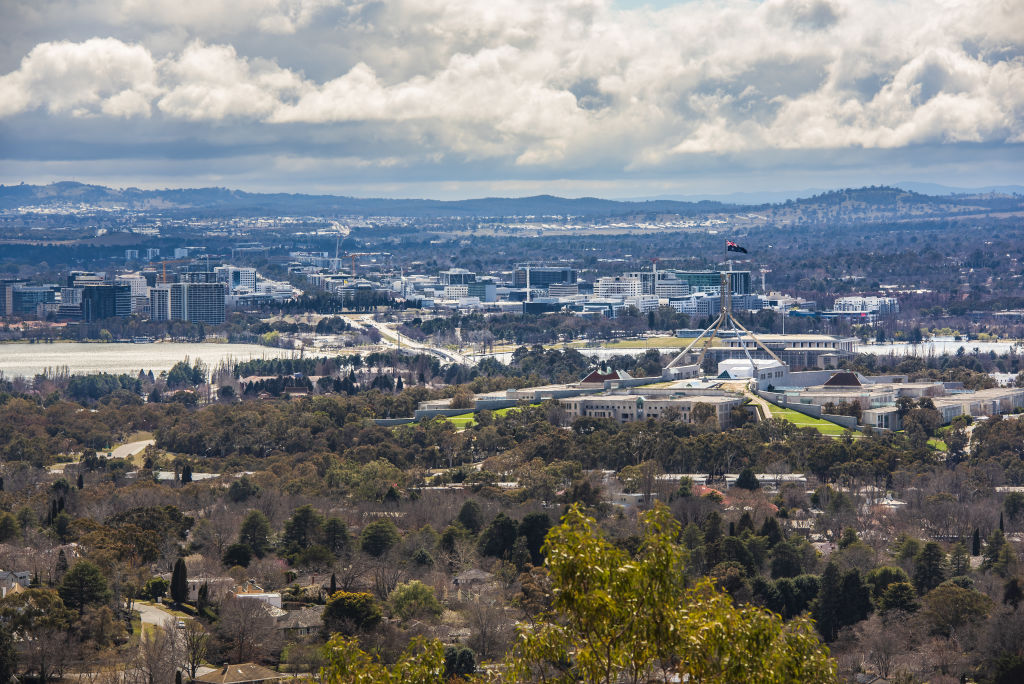
Fringe areas may dominate the results for other capitals, but the data for Canberra, greater Adelaide and greater Brisbane tells a slightly different story.
Several inner-ring suburbs sit high on the list for these cities, including Kingston and Canberra, Brompton and Adelaide, West End and Brisbane City.
In Canberra, Mr Wiltshire said a high level of apartment action had been spread throughout the city, including inner enclaves.
“It’s been going through a massive apartment construction boom for quite a few years now, and that’s ongoing,” Mr Wiltshire said.
“For the past two years, apartment approvals accounted for 58 per cent of all approvals in the ACT. That compares to 40 per cent in NSW and 25 per cent in Victoria.”
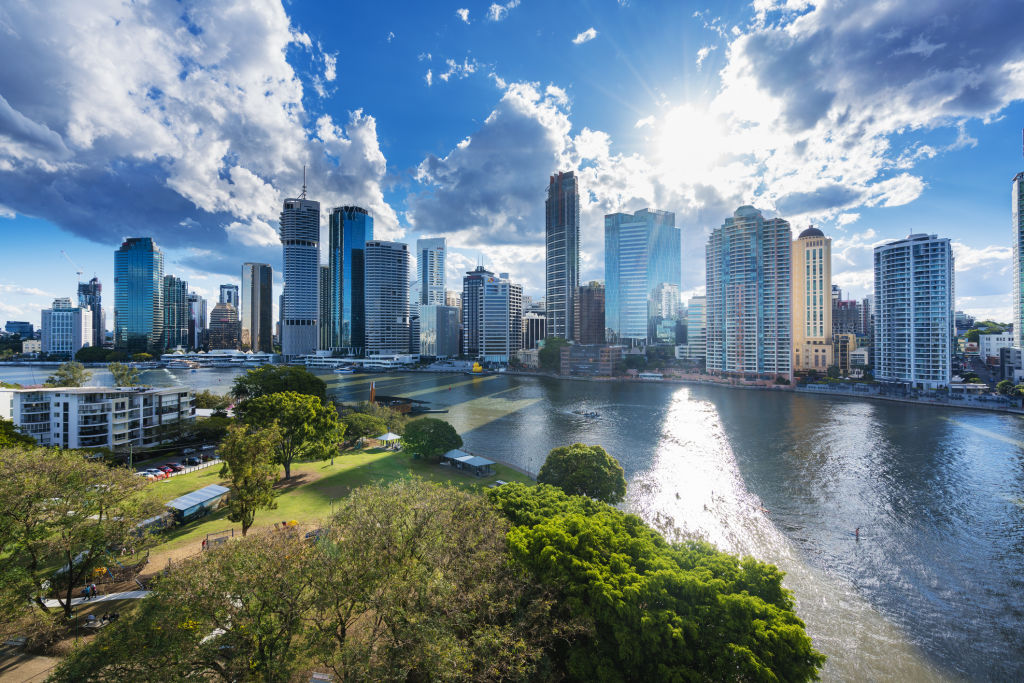
Brisbane has also experienced major construction activity in its CBD, although this has now passed its peak. Mr Wiltshire said the lag between when apartments were built and when they exchanged could explain the high turnover.
By contrast, greater Adelaide has not seen the same level of construction activity.
With slower population growth, the city has not had a significant building boom on its outskirts. Mr Wiltshire suggested this could help explain the high turnover in some of Adelaide’s inner-city neighbourhoods.
Hobart and Perth
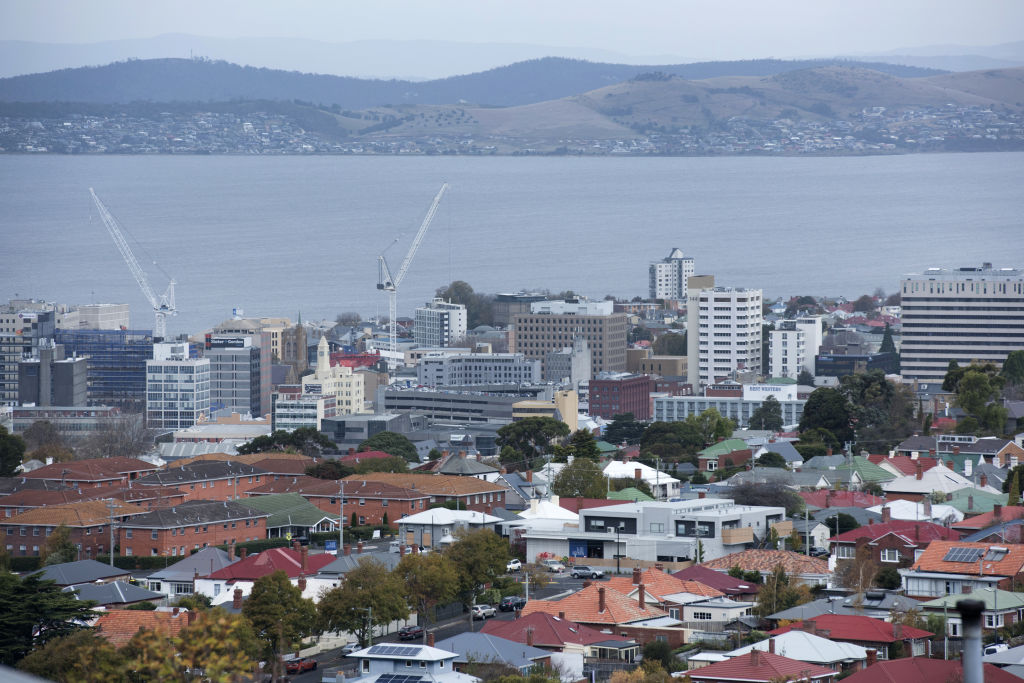
Hobart and Perth largely reflect the trends seen in Sydney and Melbourne, with the highest amount of turnover happening away from city centres.
In Perth, this pattern was mainly observed in the city’s southern and northern reaches.
In Hobart, the top areas were located more than 10 kilometres from the CBD to the south-east, south and north-east.
Most of those areas had affordable property values compared to Hobart’s house price median of $474,423. Blackmans Bay offered an exception – here, the house price median sits at $570,000.
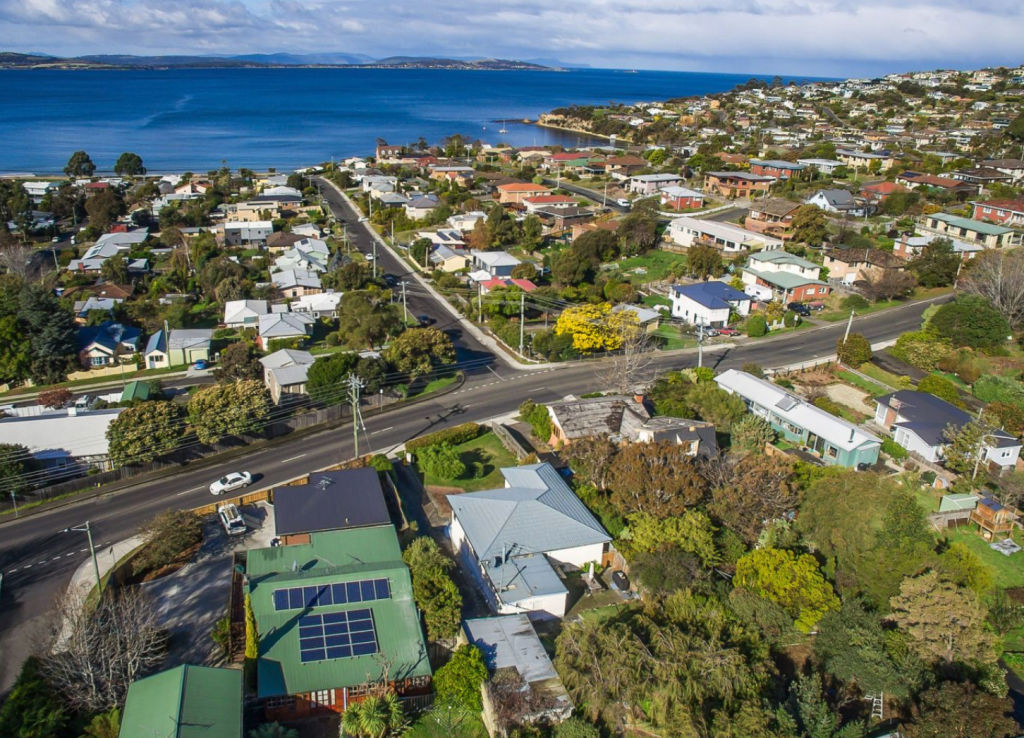
Andrew Henry, owner of Harcourts Kingborough, said Blackmans Bay sat in the medium-to-high end of greater Hobart’s market.
He credited its popularity to the outlook of mountain and sea, facilities in the wider Kingston area, nearby beaches, and a reasonable commuting distance to Hobart.
Mr Henry said savvy buyers had been making the most of Blackman’s Bay’s desirability and available land.
“There are a lot of backyards having units put in, and older houses being knocked down with new units being [added], which has promoted more properties in the area and more sales,” he said.
* Turnover refers to the number of properties sold as a percentage of dwellings. Stock levels are based on 2016 Census figures from the Australian Bureau of Statistics.
We thought you might like
States
Capital Cities
Capital Cities - Rentals
Popular Areas
Allhomes
More
